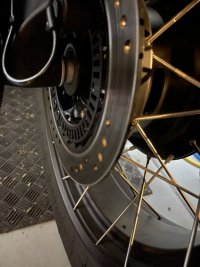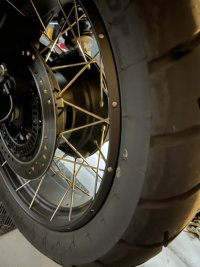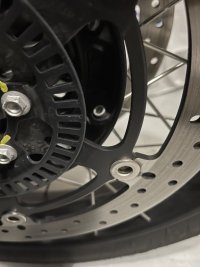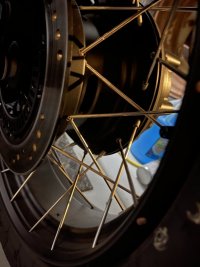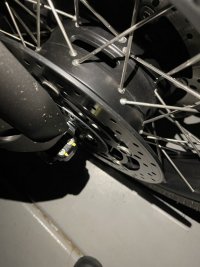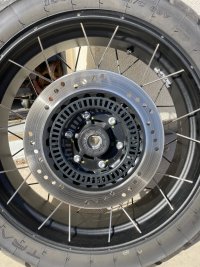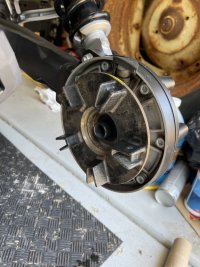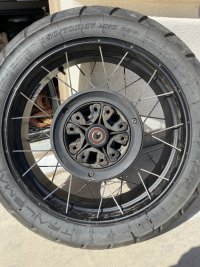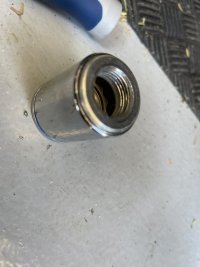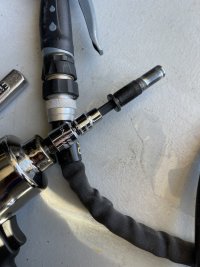I'm pretty sure that aluminium and ss don't rust. There's clearly some dirt there from the gravel road he was on though. 9,xxxKm is not much. Surely it's a manufacturing or material fault?
Aluminum doesn’t “rust” per se, but it most certainly can corrode.
I do not believe everything in the wheel is aluminum.
Stainless steel can most definitely rust. Stainless does not mean “rust proof”. The lower the chromium content, the easier it will rust.
My opinion was based upon limited photos of average quality.
Not meant as a definitive diagnosis.
Last edited:

